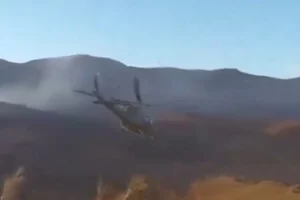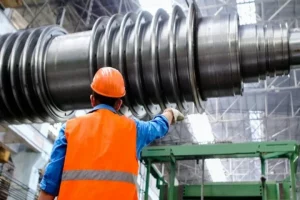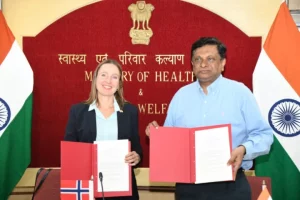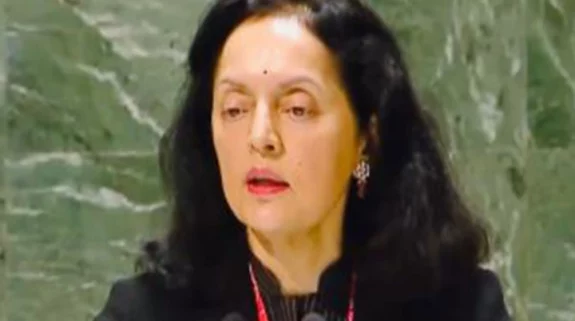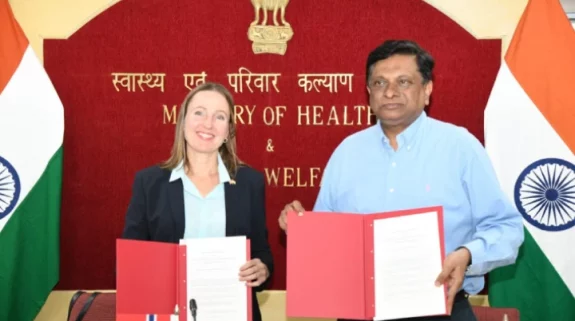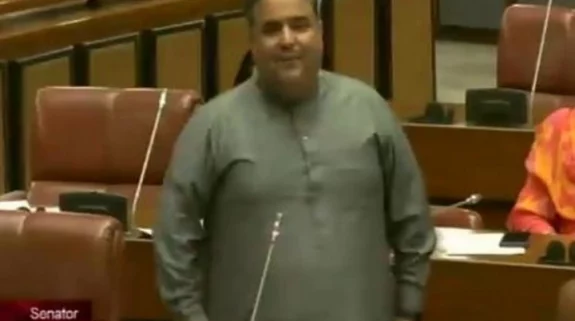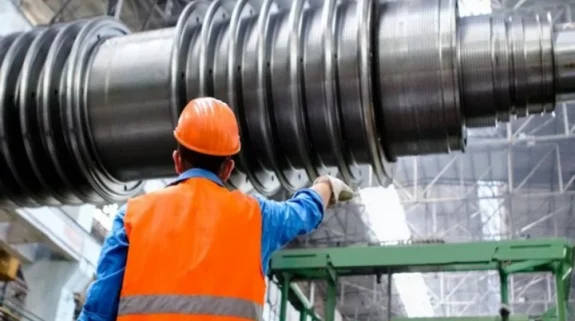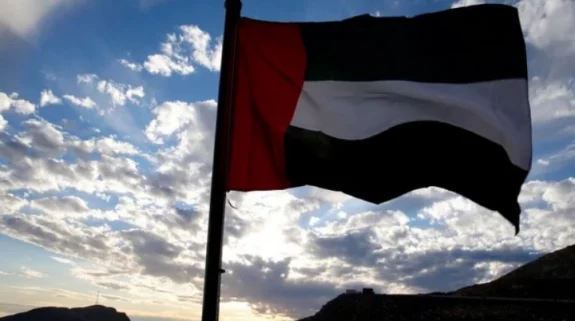The Nepal government has thrown open Mount Everest to climbers after a year’s gap following the Covid-19 outbreak, bringing the country’s tourism back to life, but has banned mountaineering groups from taking photographs of others. The restriction has been put in place as a major environmental controversy had broken out after a “traffic jam” photo of a serpentine queue of climbers on their way to the summit in May 2019 went viral.
“Each climber can take, share and make images and videos of their group or of oneself but they will face action if they take, make and share photos of other climbers without the department’s consent,” the Kathmandu Post quoted tourism department official Mira Acharya as saying. “We honour the personal freedom of climbers but that does not mean they can post images and videos of others without their consent. Either through commercial cameras or mobile sets, all such activities have been banned,” Acharya added.
If anyone intends to disseminate still photographs and videos of people, avalanches and even dead bodies on the mountain among other things, they must secure consent from the Department of Tourism, the government agency that issues Everest climbing permits.
As the popularity of climbing the Mountain Everest, there have also been complaints from mountaineers that “traffic jams” near the summit caused by slow inexperienced climbers pose a risk to their lives as everyone gets held up under extreme conditions.
Although, given the Covid-19 related restrictions, no overcrowding on Everest is expected this year, authorities have introduced new rules to avoid potential controversies.
Nepal closed its mountains in March last year as part of tight measures to control the coronavirus pandemic. The country began its vaccination campaign with Pune-made AstraZeneca-Oxford vaccine shots gifted by India in January. Infections are decreasing with 104 new cases reported in the country on Wednesday, down from 5,743 cases at its peak in October.
The ban on taking pictures is among 11 new rules the department announced on Tuesday as the mountaineering season nears. Mountaineers begin acclimatising in March and start climbing Everest in May when the weather becomes more favourable.
More than 300 foreign climbers were likely to attempt to scale the 8,849-metre (29,031-feet) mountain in the peak climbing season beginning in April, Acharya said, compared with a record 381 climbers who attempted the famed summit in the same period in 2019.
“This is despite the one-week quarantine requirement and certificate showing the climber had tested negative for the virus,” said Acharya.
A total of 6,507 mountaineers have climbed Everest from the Nepal side since Tenzing Norgay Sherpa and New Zealander Edmund Hillary first set foot atop the world's highest peak in May 1953.
The year 2019 had turned out to be a record breaking one as on May 22 and 23, a total of 223 and 212 climbers reached the summit, which has been recorded as the highest and the second-highest number of climbers on the top of Everest on any day.
Foreigners pay $11,000 for a permit to climb Everest and spend anywhere between $40,000 and $90,000 for the entire expedition. In 2019, the government earned $5.07 million in royalties from the issuance of climbing permits out of which over $4 million came from Mount Everest.
Expeditions also create jobs for high-altitude climbing guides, porters, base camp workers and kitchen staff. Among the new rules that have been put in place this year, expedition organisers must buy insurance coverage for the support workers by clearly mentioning their roles in the expedition.
All climbers applying for Everest climbing permits must also submit their medical reports issued by certified doctors to prove that they are physically fit to endure the strenuous climb to the top. “It’s a report, a proof to ensure that a person is physically and mentally fit to climb,” said Acharya.
As more and more climbers attempt to reach the top of the world, deaths on Everest have been on the rise too. In the spring of 2018, nine people died on Everest. In the following year, 10 died on the Nepali side alone—the highest casualty since 2015, according to the Kathmandu Post.






